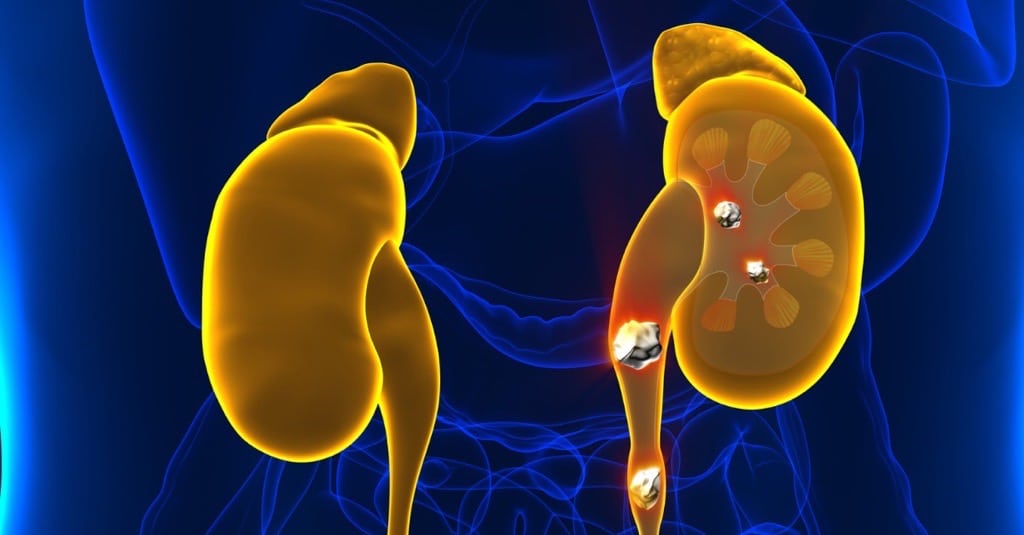3650 NW 82nd Avenue, Suite 502, Miami, FL 33166
Ureteroscopy For Kidney Stones Miami

Medically Reviewed By
Dr. Shirin Razdan
Dr. Shirin Razdan is the director of the robotic surgery department at the Comprehensive Urological Surgery Institute in Miami, Florida. She is one of the leading and world renowned robotic surgeons in the United States who completed her medical education from Icahn School of Medicine at Mount Sinai Hospital, New York and has undergone subspecialty training in Urologic Oncology and Robotic Surgery.


 Kidney stones result in extreme pain and are a prevalent condition that affects millions of individuals across the world. This disease is a common and painful condition in the US that needs proper medical attention through surgical or non-surgical treatments. Miami is a place known for its medical facilities and widely known urologists. Ureteroscopy is a leading treatment option for the removal of kidney stones. A highly skilled physician has the potential to remove the kidney stone that is responsible for the pain and causes difficulty with urine flow. If you or any of your loved ones are suffering from kidney stones and their pain, ureteroscopy is an effective surgical treatment for this type of condition.
Kidney stones result in extreme pain and are a prevalent condition that affects millions of individuals across the world. This disease is a common and painful condition in the US that needs proper medical attention through surgical or non-surgical treatments. Miami is a place known for its medical facilities and widely known urologists. Ureteroscopy is a leading treatment option for the removal of kidney stones. A highly skilled physician has the potential to remove the kidney stone that is responsible for the pain and causes difficulty with urine flow. If you or any of your loved ones are suffering from kidney stones and their pain, ureteroscopy is an effective surgical treatment for this type of condition.